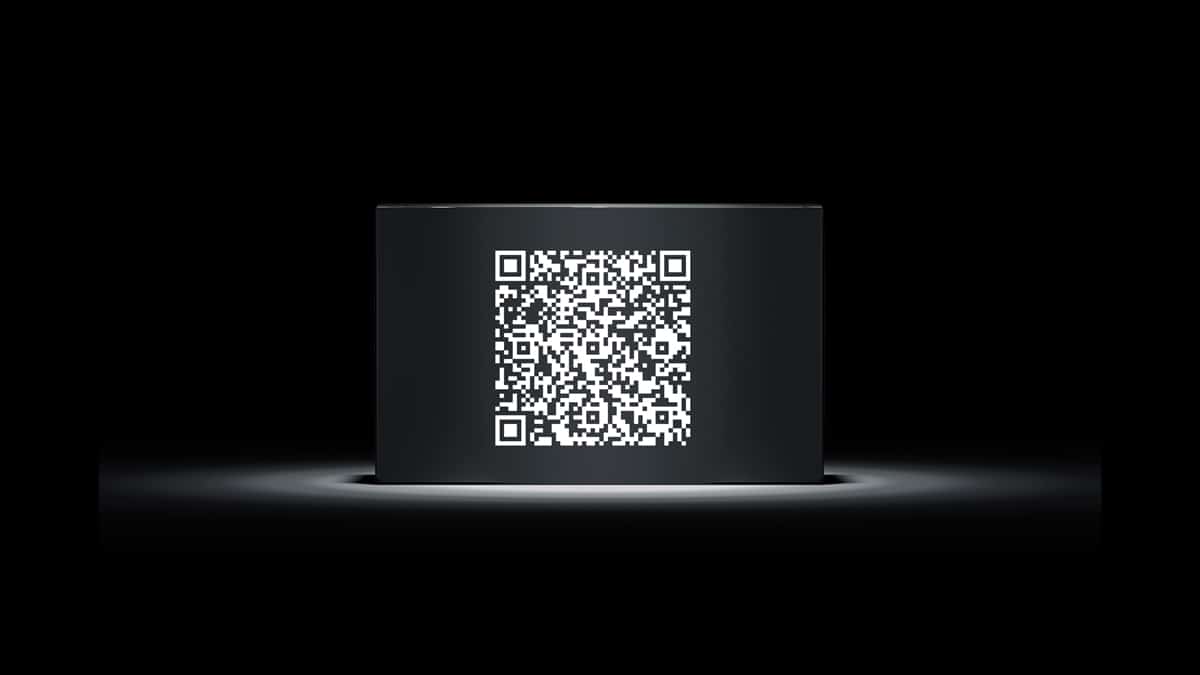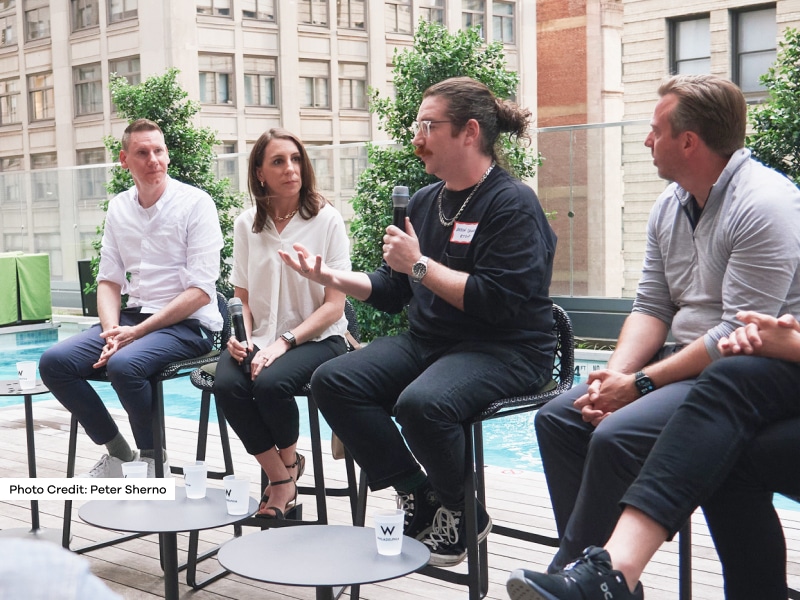The new year is a natural time for reflection — which campaigns moved the needle, how did marketing trends turn plans on their head, and where did KPIs shift? 2025 offers a fresh perspective and a chance to consider and prepare for what lies ahead.
We asked leaders across Mod Op to share their predictions for what’s to come in 2025. They offered thoughts on the unexpected impact of AI, the Ripple effects on media and culture, and everything in between.
Here are the most significant marketing trends we believe will drive business in the coming year.
Demand for ROI on AI will Drive Data Quality Improvements and Raise the Bar for Talent
AI startups and powerful AI apps are booming. But without quality data and targeted upskilling, businesses that plan to use AI to drive growth will fall short. As CEOs and boards demand measurable ROI on AI, two issues—data quality and the right talent —will become critical. Short-sighted companies may cut staff to lower costs, relying on AI in isolated roles, but this approach leads to stagnation. Productivity gains alone don’t equal customer value.
In contrast, forward-looking companies will invest in department-specific training and data strategies to scale AI’s impact across the organization. They recognize that ad hoc AI use is not a growth strategy. To achieve lasting gains, these companies are building continuous testing and feedback loops to identify where and how they can leverage AI to deliver incredible customer value that reflects their brand, their vision and their commitment to those they serve.
Tessa Burg
CTO
We’ll Push the Limits of AI (While Keeping the Value of Human Creativity)
And so, it’s begun… the era of clients saying, “Can you just have AI do that?” And it’s often about things that AI can’t do. Next year will be a huge one for clients (and agencies) learning about the limits of AI and exactly how much human input is still needed, despite the advances made. Of course, since it’s AI, everything will change by the end of next year. But, hey, if you don’t love and embrace permanent change, you’re probably in the wrong business.
Steve O’Connell
Co-Chief Creative Officer
Flexible LED Screens Technology, Virtual Environments, AI and AR/VR Will Drive Changes in Experiential Content
As we approach 2025, I’m seeing dramatic trends in the experiential content space. The most exciting ones include the emergence of flexible LED screen technologies, the rise of virtual environments, AI powered content production, and immersive/responsive, multi-sensory experiences using AR/VR and AI-powered XR. All these technologies will personalize consumer engagement and get a piece of marketing department spend.
Flexible LED screen technology allows creatives to bend screens and content to their will. The Sphere in Las Vegas and immersive art exhibits are just the start. AI powered creative tools will help content creators lean into programmatic generative content production that once was the exclusive proprietary solution of artists like Refik Anadol.
In 2025 we will see more multi-sensory virtual tour experiences that allow users to interact with museum exhibits, historical figures or the artwork itself. We will see more data integrated into live content production and events. This will allow the immersive experiences to adapt in real-time, creating personalized experiences for the customer.
As the digital and physical worlds blend, we see more brands incorporating AR/VR and AI to engage and personalize experiences. Examples include AR/VR in retail where customers are virtually trying on clothing. Or AI powered personal trainers helping consumers stay fit. We will also expand the use of augmented reality in sporting events where the live AR overlays will become commonplace.
2025 will be a year where we get more comfortable with the new AI tools creatives have at their disposal. Experiences that are real-time responsive are going to be the norm. And consumers will expect AI tools to help them stay fit, see art in a new way and experience the power of technology.
Mark Bennett
EVP, Creative Studio
Brand World Will Become More Prominent
The idea of a ‘brand world‘ will become more prominent, where all aspects of a brand’s visual and experiential elements are unified. This includes packaging, advertising, digital experiences, and in-store displays, creating a cohesive and immersive brand experience.
Philip Congello
EVP, Client Success
We’ll See a Renewed Demand for Human Oversight and Authenticity
This is a big one for me: I think in 2025, maybe late 2025, there will be a big pendulum swing back to ensuring human in the loop and human authenticity. I think over-reliance on GenAI in companies with broad access to ChatGPT, etc, will lead to mistakes and ethical concerns, and that will spark a renewed focus on human oversight, authenticity, and human in the loop/QA in marketing. At the same time, we’ll be craving human experiences with all the AI noise. AND as automation and AI streamline many marketing tasks, PR, branding, and human experiential marketing will become critical investment channels for visibility and connection.
Patty Parobek
VP, AI Transformation
Authenticity Will Help Savvy Marketers Cut Through the Noise
If content is king, authenticity wears the crown!
Generating content has become much easier in the past decade, with the latest AI tools taking things to the next level. While this has opened doors for many brands, the negative side effect is content oversaturation and, at times, mediocrity. To fight through the noise, authenticity will be key: know your voice and own it, in every channel, if you want to make an impact with your target audience.
Christina Phillips
VP, Account Director
We’ll See an Emphasis on Small Data
Small data is poised to shine in 2025. We’ll see proof that quality over quantity matters for market research data sets, for several reasons:
Small data is agile – the ability to quickly collect and process small data sets means that results are available sooner, leading to faster outcomes and decisions. This nimbleness is critical in today’s accelerated business environment where companies need to rapidly adapt to changing market conditions. Businesses that embrace data-driven decision-making are 5x more likely to make faster decisions, giving them a competitive edge.
Small data leads to actionable insights. By focusing on specific customer preferences and behaviors, small data enables businesses to make informed decisions based on precise, relevant information rather than broad generalizations. In fact, 38% of customer experience leaders want to improve the actionability of customer feedback and metrics.
Small data is cost-effective – small data sets require fewer resources, whether considering the cost to collect the data or analyst hours to make sense of it. Budget is almost always a factor, so why not consider an efficient option when appropriate?
The growing recognition that large data sets don’t always lead to better insights is driving the current shift towards small data. Sometimes, more respondents can magnify inherent biases rather than adding clarity. Small data’s focused approach can provide relevant and accurate insights. In 2025, remember that small and mighty can often save the day.
Lauren Schmidt
Senior Director of Market Research and Strategy
As for me, I believe the prevalence of niche communities means that marketers will no longer be able to bank on mega campaigns or singular tentpole marketing events. 360 campaigns will become more essential, and in some cases, marketers will have to prioritize which customers to target, when and where, excluding secondary or low-value customers from their targeting.
The trend of media fragmentation is nothing new; we’ve seen it time and again — with cable TV in the ‘80s and ‘90s and again with the rise of social media platforms like Facebook, Twitter, and YouTube in the early 2000s — and I feel we may be at another inflection point. As AXIOS co-founders Mike Allen and Jim VandeHei put it this fall, the big media era is over. We need to be prepared for what that means as marketers.
What marketing trends do you expect to see dominate 2025? Connect with Mod Op on LinkedIn to share your thoughts.
The Latest
We study the game as hard as we play it.
Learn with us what’s now and next.



